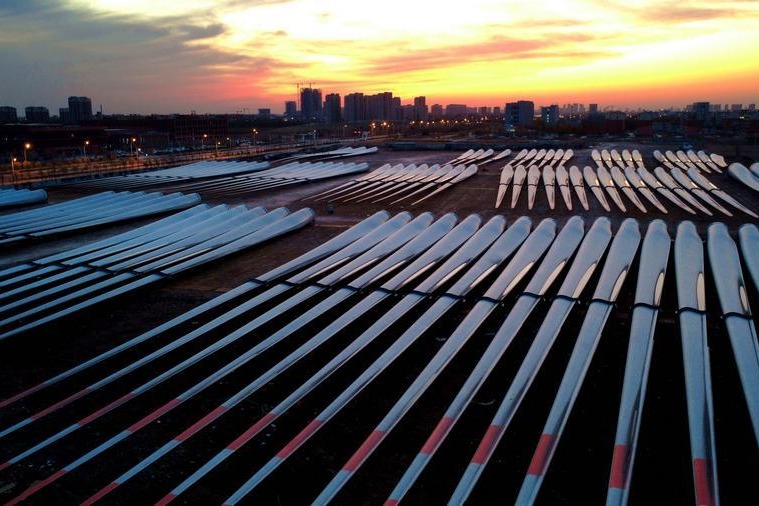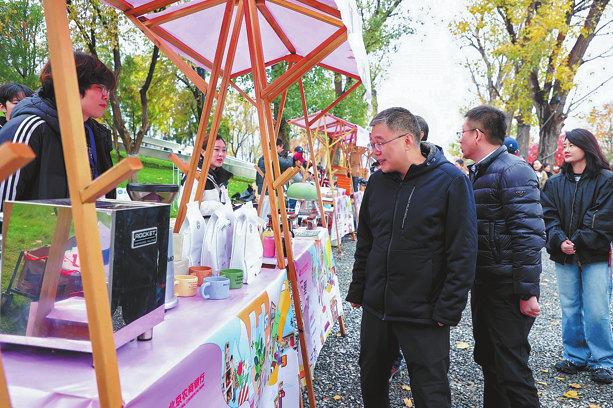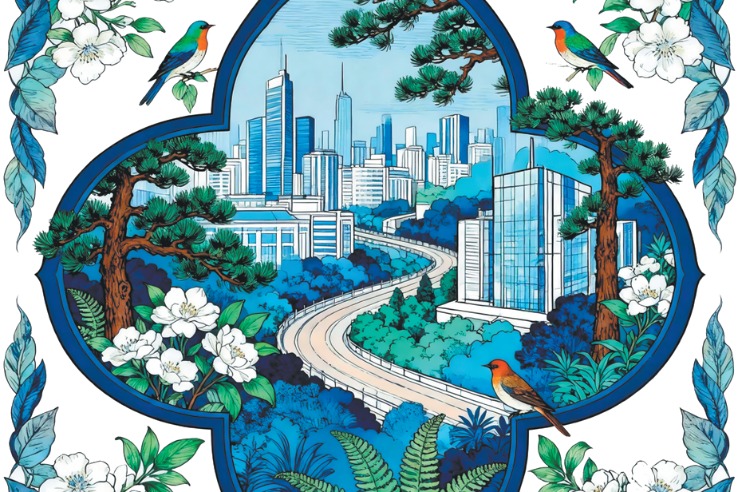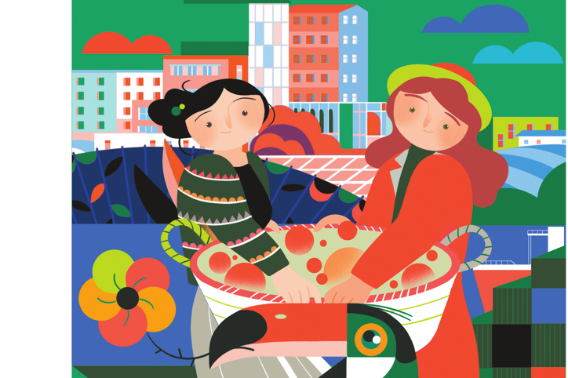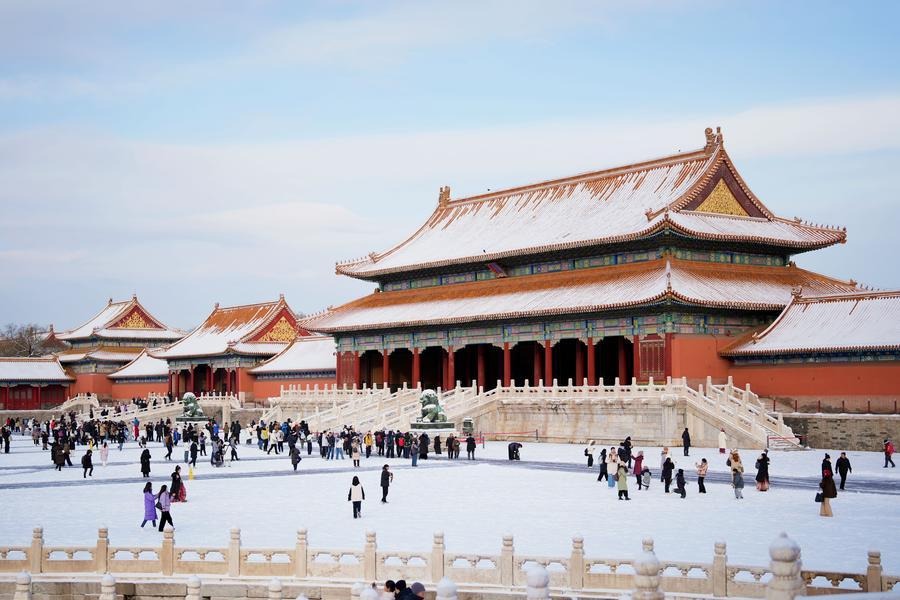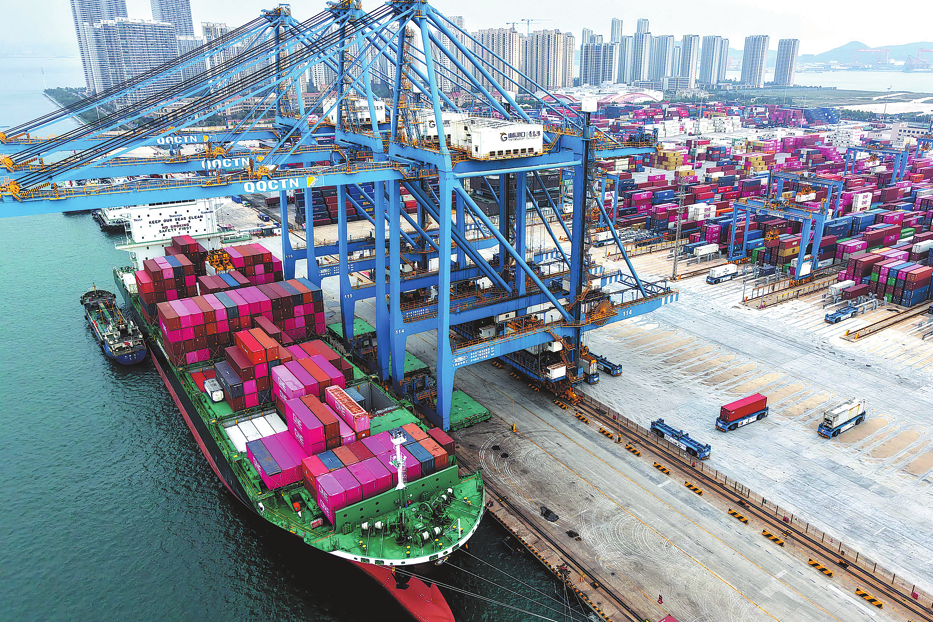Poverty eradication shows miracles can be achieved within a decade


Editor's note: Ten years is a short period of time in human history but diligent people with the support of good governance can create miracles in that short time. A veteran journalist with China Daily reviews the measures China took to eradicate absolute poverty in the last decade.
China eradicated absolute poverty at the end of 2020-a feat unprecedented in human history. That means China has lifted as many as 770 million rural people out of poverty since reform and opening-up, a number that is more than the entire population of Europe, in four decades.
The most arduous campaign took place in the past decade. At the end of 2012, about 99 million rural people still lived in extreme poverty with an average annual income of less than 2,300 yuan. And a vast majority of them were residents who lived in remote mountainous areas or barren highlands with poor road links and unfavorable living conditions in western China.
It was in 2012 that the central authorities set the end of 2020 as the deadline for eradicating absolute poverty from China.
Some people were skeptical of the goal, saying it is difficult to lift 99 million people-more than the entire population of the United Kingdom or France-out of extreme poverty, not least because it was very difficult to access the areas where they lived. But the Communist Party of China, which survived the Long March, refused to give up or extend the deadline.
The central authorities mobilized the entire nation to achieve the goal, with each ministry and better-developed province and region asked to provide assistance for a poor province, region or county. Millions of government officials and professionals from State-owned institutions volunteered to go to the poor villages to help the residents overcome the socioeconomic odds. And the top leaders of a county or town were required to ensure the area under their jurisdiction was lifted out of poverty on schedule. Despite no promotion, no transfer, the goal was realized.
After assessing its impacts and reviewing the results, the central leadership replaced the traditional "flood irrigation" poverty alleviation model with the "targeted measures" model. Previously, the central authorities continuously increased the poverty alleviation funds for the poverty-stricken areas-under the flood irrigation model-only to realize that local and provincial authorities were spending a lot of money on building "landmark" projects. As a result, the poor families hardly got any benefits from the government funds.
On the other hand, the targeted poverty alleviation measures were aimed at identifying the poor families, and working out measures to provide direct help for each of them. Government officials from different levels visited the villagers, checked their belongings and incomes to identify those who lived in poverty and what sort of help they needed to increase their incomes.
Agricultural professionals worked with the poor farmers, and taught them how to grow cash crops (or crops that earned good returns) to increase their incomes, banks offered preferential small loans to them to launch projects, and local governments helped them to sell farm produce. Also, the central and local governments poured huge amounts of money to launch, and improve, new rural cooperative medical care systems to provide basic medical care for more than 800 million farmers.
As for poor farmers living in areas with barren land and/or in remote mountainous regions, they were encouraged to resettle in places with better connectivity and living conditions. In the past decade, more than 10 million poor farmers have been resettled with the government providing them with new houses, new farmlands and/or finding them jobs in the new locations.
I have visited Dongxiang autonomous county of the Linxia Hui autonomous prefecture in Gansu province several times in the past few years. One of the poorest counties in China emerged out of poverty after nearly 30,000 farmers-one-tenth of the county's total population and one-third of those living in poverty-resettled in other places. About 9,400 of them have found jobs with the rest-mostly senior citizens and children-living a happy life.
However, officials and professionals responsible for poverty alleviation remain on their posts despite having fulfilled their tasks. They have been set a new target to achieve-revitalizing the countryside and ensuring those lifted out of poverty do not slip back into poverty again.
The author is former deputy editor-in-chief of China Daily.
kangbing@chinadaily.com.cn





















